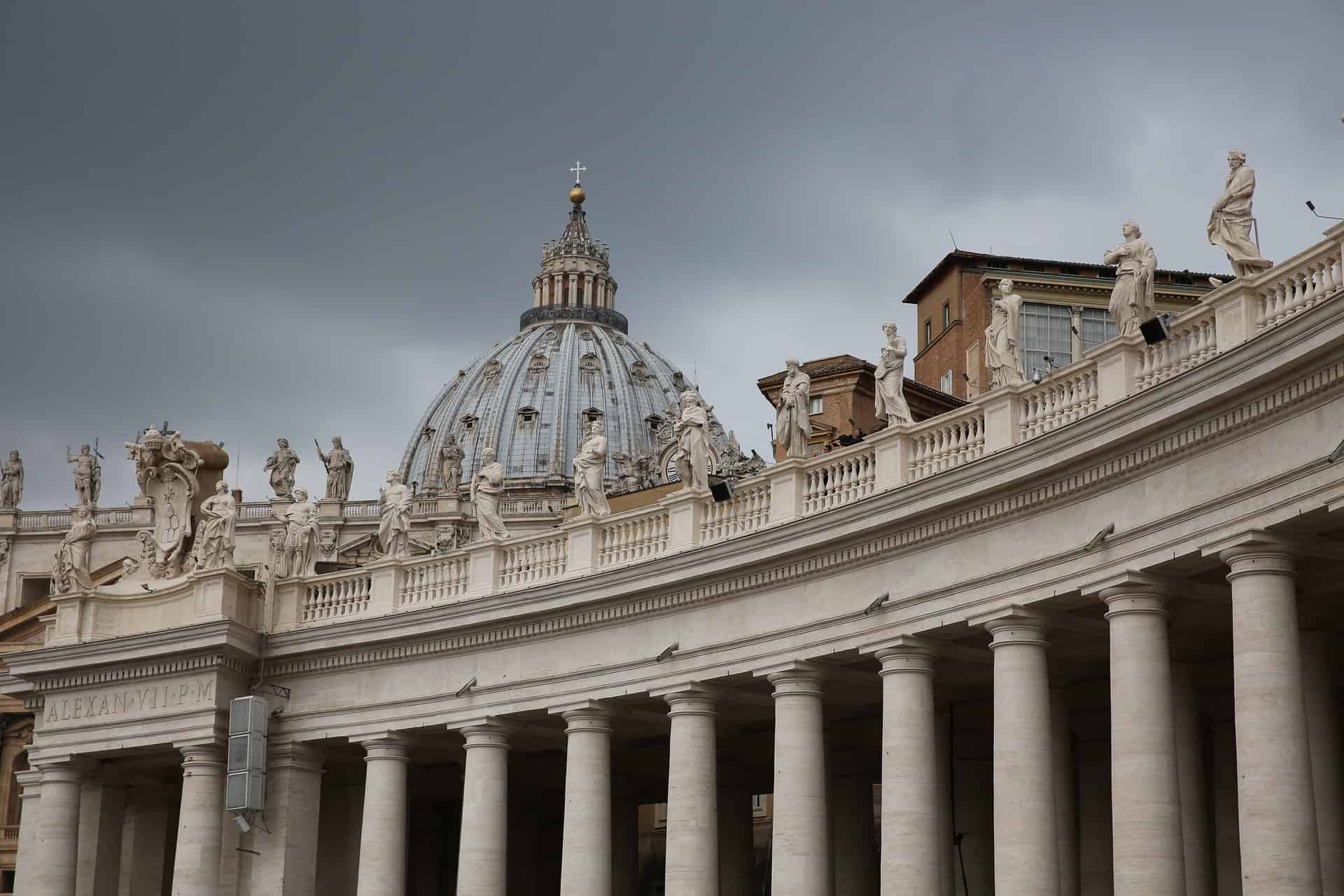The Vatican recently announced new cremation guidelines for Catholics. According to the newly released cremation requirements guidelines, Catholics may be cremated, but should not have their ashes kept in urns in loved ones’ homes or scattered over large bodies of water.
Because one’s remains are considered sacred, the only allowable place to keep ashes would be in a sacred place such as a church-owned and operated cemetery. The guidance further explains that ashes should not be divided among family members or persevered in other objects like jewelry or mementos. The Catholic church has viewed cremation as an acceptable form of burial for decades, however, with new technology and alternative ways to use cremated remains, the Church felt compelled to provide comprehensive requirements to ensure remains are handled properly.
Cremation has become a popular practice, with nearly 50% of all Americans citing that they would be open to cremation as opposed to a traditional burial. Religious groups have struggled to keep up with contemporary trends related to death and the perseverance of the body. The Vatican’s new guidelines are one of the first to provide specific detail to guide the use of cremation.
The controversy surrounding cremation is not on the process, but instead what family members can and should do with the ashes of their loved one. Cremation has become a very personalized process, giving family members the ability to find creative and unorthodox ways of remembering the deceased. For example, cremains can be used in shotgun shells to “take family members” on hunting trips. Other companies have services designed to transformed cremains into diamonds and other jewelry. As the list of alternative options grows and become more affordable for the average family, religious sects may find it necessary to outline the proper code of conduct regarding cremation.





